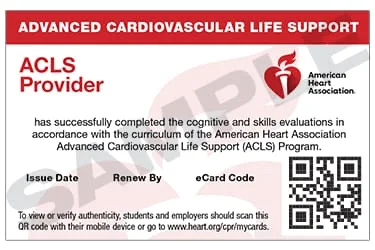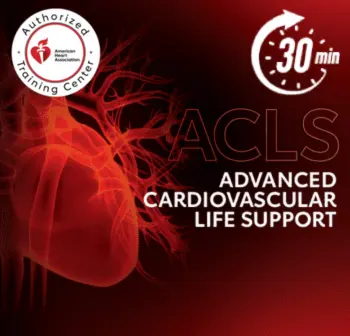Immediate Post-Cardiac Arrest Care
When someone’s heart suddenly stops and then restarts, their journey to recovery is far from over. That’s where post-cardiac arrest care comes in. It’s a critical step that begins right after the heart is beating again and focuses on keeping the brain and other organs alive and well. This phase is all about protecting the body, preventing another arrest, and giving the brain the best chance to heal. Following a clear post-cardiac arrest care algorithm helps guide the healthcare team through each step, from supporting breathing and circulation to monitoring for signs of brain injury. Think of it as the bridge between saving a life and helping that person fully recover.
Note: This ACLS post-cardiac arrest care algorithm follows the guidelines of 2020-2025 (AHA)




